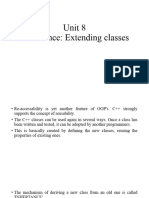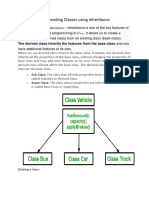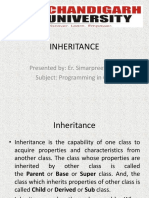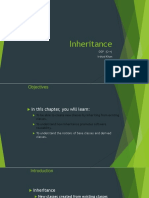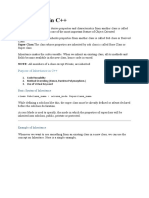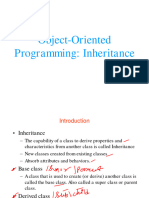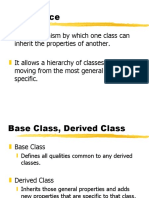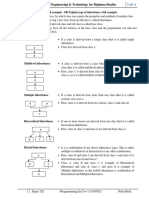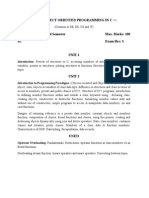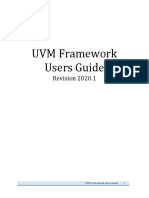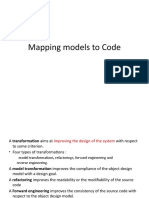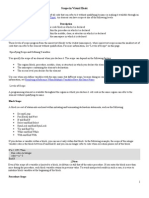0% found this document useful (0 votes)
71 views22 pagesUnit 3 C++
The document provides an overview of inheritance in C++, explaining the concepts of base classes, derived classes, and various types of inheritance such as single, multilevel, multiple, hierarchical, and hybrid inheritance. It also discusses virtual functions, abstract classes, and operator overloading, detailing their syntax and usage in C++. Additionally, the document includes example programs to illustrate these concepts.
Uploaded by
muttatakkailCopyright
© © All Rights Reserved
We take content rights seriously. If you suspect this is your content, claim it here.
Available Formats
Download as DOCX, PDF, TXT or read online on Scribd
0% found this document useful (0 votes)
71 views22 pagesUnit 3 C++
The document provides an overview of inheritance in C++, explaining the concepts of base classes, derived classes, and various types of inheritance such as single, multilevel, multiple, hierarchical, and hybrid inheritance. It also discusses virtual functions, abstract classes, and operator overloading, detailing their syntax and usage in C++. Additionally, the document includes example programs to illustrate these concepts.
Uploaded by
muttatakkailCopyright
© © All Rights Reserved
We take content rights seriously. If you suspect this is your content, claim it here.
Available Formats
Download as DOCX, PDF, TXT or read online on Scribd
/ 22
